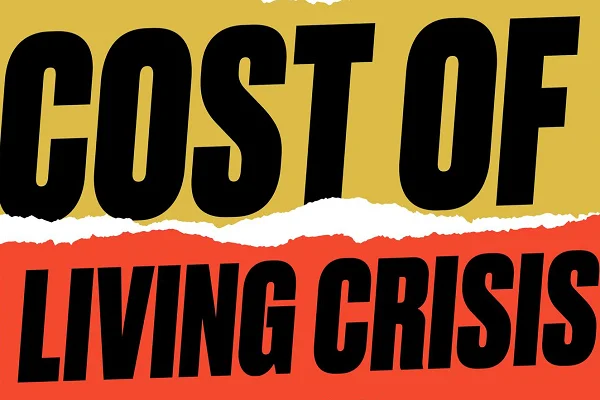Cost of Living Crisis: Homeowners Stretch Mortgages to 35 Years

During the pandemic, the government’s incentive to remove the stamp duty levy on all properties up to £500,000 sparked a rush for buyers to purchase larger and more expensive properties by taking out home loans for extended periods. There is a prediction from experts that the cost of living increases we are currently experiencing could be the result of a surge in 35-year-plus mortgages.
The stamp duty tax relief meant that buyers could save up to £15,000 when buying a new home before it was tapered down in June 2021 and finally stopped in September 2021. Data reveals that the number of 35-year-plus mortgages increased significantly towards the end of both of these periods.
A typical mortgage term is 25 years, which is the time period over which a home loan is paid. Figures released by Quilter, a wealth management firm, show that in June 2021, there were 35,046 mortgages sold with payment terms of 35 years or more. This equates to an increase of 209% when compared to the previous June.
September 2021 showed a growth of 73% in longer-term mortgages, rising from 16,066 in September 2020 to 28,112 the following year.
Data shows that buyers have been stretching themselves financially in order to buy at a time when house price hikes were at a high, with the average home cost increasing by 13.2% in the year to June 2021.
The reason most will have opted for a 35-year-plus mortgage was to meet their monthly repayments on properties that would be too expensive over a shorter term. By spreading the loan, monthly payments are reduced.
David Hollingworth, associate director at broker L&C Mortgages, says that the longer-term mortgage has been a growing trend in recent years.
‘We do know that there has been an increase in borrowers structuring their mortgage over longer terms for a number of years now, often driven by high house prices,’ he says.
‘Taking a longer-term will help give buyers a bit more flexibility in their monthly budgeting by reducing the monthly payments on a repayment mortgage.
‘That helps with affordability and can be a comfort to first-time buyers taking their first step on the ladder who may want some breathing space in the early stages.’
But will the ever-increasing cost of living make longer-term mortgages more common than not? With increased monthly outgoings and house price increases (11% increase to the end of March), it is expected that more buyers will take this option.
Mortgage interest rates are also on the rise, leading to many homeowners looking for ways to decrease their monthly mortgage burden by remortgaging their property using a longer-term mortgage. Longer-term home loans generally allow the buyer to lend more money so that they can also buy a bigger or better property.
Martijn van der Heijden, chief financial officer at mortgage broker and lender Hibito, said: ‘For some people, the impact of inflation will take a big toll on their monthly outgoings.
‘We’ve had inquiries from customers wanting to remortgage to change their term from 20 years remaining to 30 years remaining to reduce their monthly repayment amount.
‘With some incurring national insurance tax rises, alongside frozen income tax thresholds and frozen student loan repayment thresholds, we could see more customers looking to extend their mortgage terms to make their monthly repayments lower.’
There are some risks associated with taking out a long-term loan. You will need to carefully consider the interest rates being offered.
‘Other than the obvious appeal of lower monthly payments, there’s not much to back the case for longer mortgage terms,’ stated Hollingworth.
‘It will come with a cost in the longer run in terms of the total interest payable over the life of the mortgage.
‘Paying the mortgage back more slowly means that more interest will be charged, and that can amount to tens of thousands of pounds.’
The fact that the extension of the loan term could take some people right into retirement is something that should be given consideration.
Hollingworth says: ‘A long term won’t always be an option, as lenders will consider your age at the end of the mortgage term and won’t simply allow a 40-year term to be taken time after time.’
Another disadvantage is that it will slow down the pace at which a homeowner can gain equity in the property.
‘It’s also worth bearing in mind that paying off the mortgage more slowly will mean that the mortgage represents a higher proportion of the property value for longer, so it might not allow a drop into lower loan value bands as soon,’ says Hollingworth.
‘If prices are climbing, that may not be a problem, but if the market is flat or falls back, then it could limit options.’
At the end of the day, opting for a 35-year-plus mortgage will help to alleviate the current escalation of household bills and the cost of living, but may in the long run result in thousands of extra pounds being spent.
